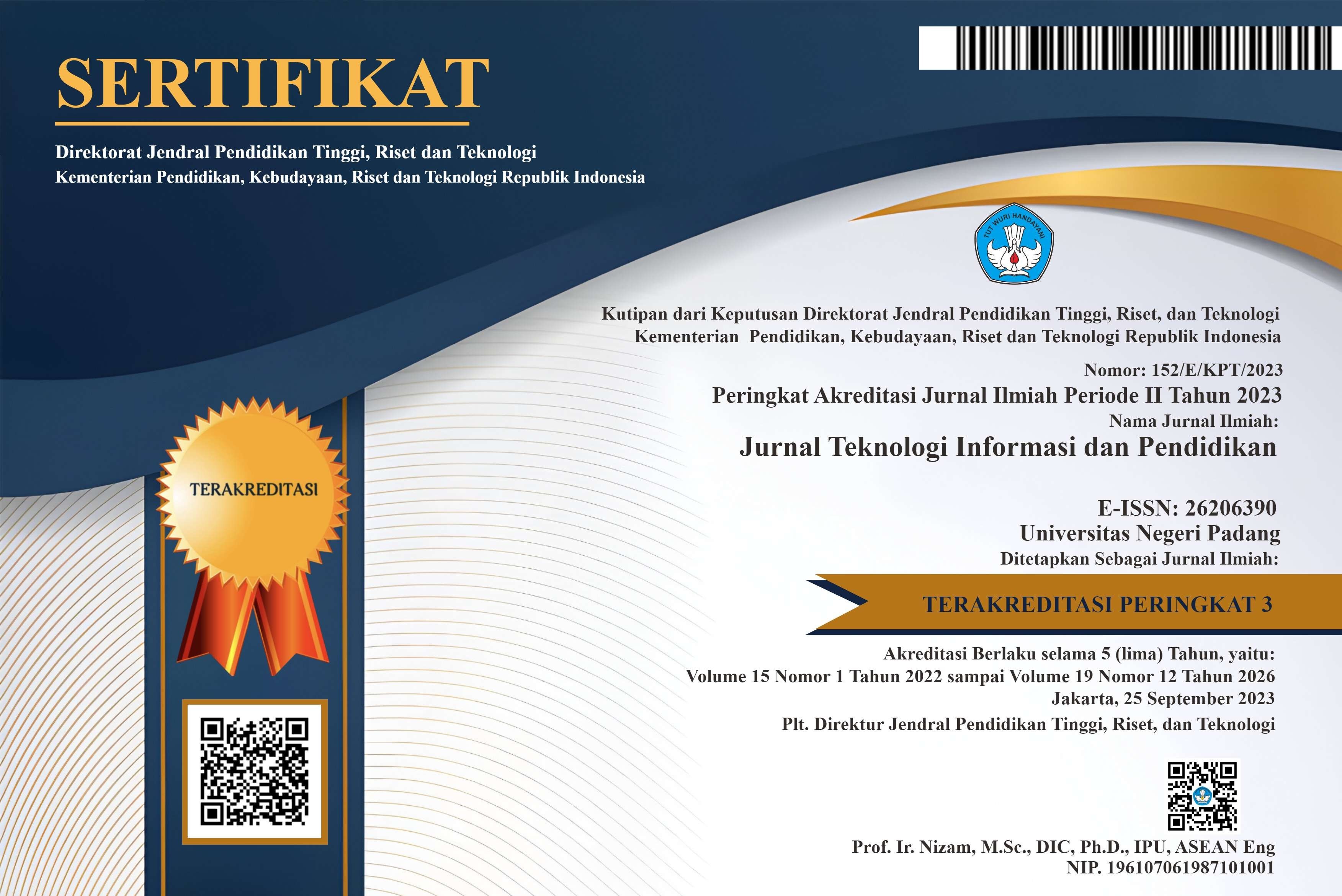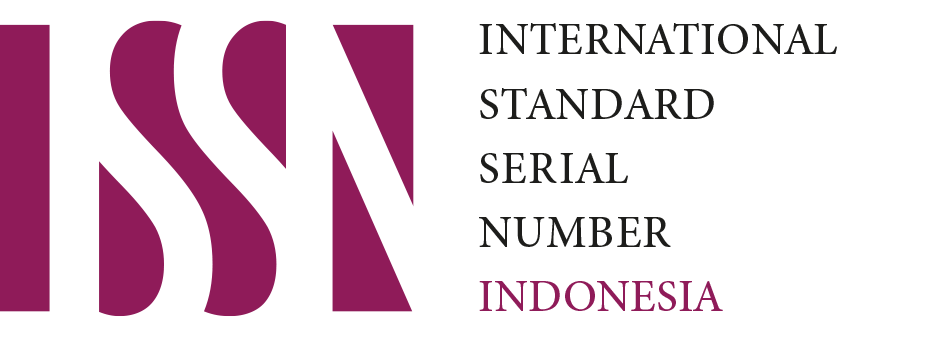Design of Back-End Education Management System Application Using Iterative Incremental Method
DOI:
https://doi.org/10.24036/jtip.v18i1.883Keywords:
Education Management System, Education, Back-End, Iterative Incremental, Load TestingAbstract
Education plays a central role in shaping individuals and advancing society. One critical aspect of improving educational quality is the active involvement of parents, which significantly influences students' learning experiences at school. However, the main challenge lies in effective student data management and the lack of transparency in monitoring student progress. This research uses a case study at SMPN 1 Magetan and aims to design and implement the back-end of an Education Management System (EMS) application, focusing on the student module. By employing the Iterative Incremental method, this program is designed to be responsive to user needs and changes in the school environment. Interviews with teachers, students, and parents revealed difficulties in accessing information such as attendance, permissions, disciplinary records, and student personal data. The EMS application is designed to enhance parental involvement through transparent and easily accessible features. Development was carried out in two main phases, focusing on API usage efficiency. Rigorous testing, including load testing, ensured the application's readiness, with an average response time of 449.5 ms for 50 and 100 simultaneous users. The Iterative Incremental approach proved effective in creating a responsive and adaptive educational application, supporting the development of a future generation of Indonesians competitive at the global level.















.png)














